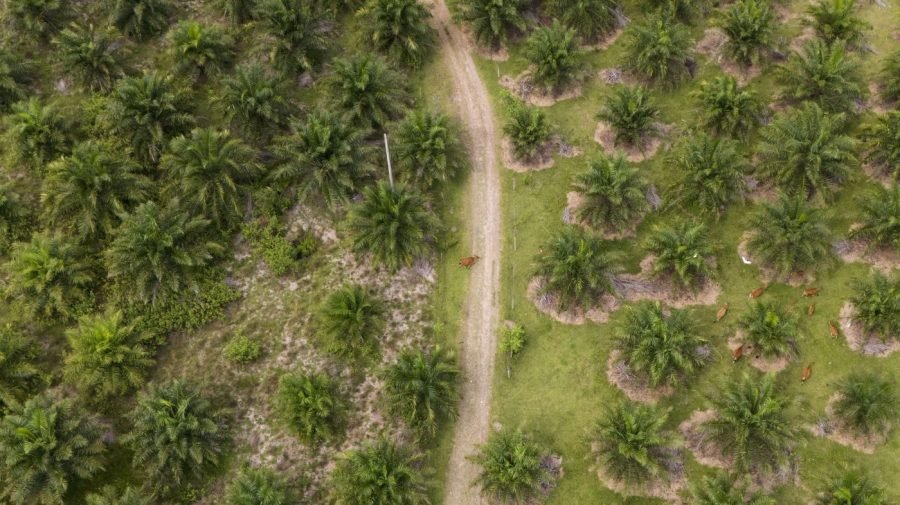
The world’s sawmills and plantation forests offer a powerful weapon against climate change, a new study has found.
A paper published Wednesday in science journal Nature Geosciences found that burying the vast quantities of wood waste produced in the course of logging and processing trees could markedly slow Earth’s heating.
Heat waves like the one currently afflicting the East Coast in the U.S. have been made far more likely by centuries of unchecked burning of fossil fuels — which release heat-trapping chemicals like carbon dioxide.
“This is the most effective and the least expensive, and possibly the most sustainable way to capture carbon,” first author Yiqi Luo of Cornell University said. “There’s huge potential.”
But in addition to the need to halt that burning, researchers found that burying waste from trees — which suck carbon dioxide into their bodies as they grow and release it when they die — offers an unparalleled way to counteract its impacts.
How big? The slash, shavings and sawdust from tree farms and processing plants are typically burned or left to rot, releasing massive amounts of carbon dioxide.
But if the world buried most of that waste, the study found, it could reduce the Earth’s heating by 0.42 degrees Celsius (0.76 degrees Fahrenheit), or about one-sixth of the estimated 3 degrees Celsius (5.4 Fahrenheit) that scientists believe the Earth is on track to heat up by the end of the century.
“Soil is a very good natural insulator and can naturally deplete oxygen to prevent wood debris from decomposition and carbon dioxide release” which would otherwise reach the atmosphere, Luo said.
“So, if we bury the wood 2 meters deep, the wood can be preserved there for hundreds, even thousands of years,” she added in the research.
The study also suggests that if U.S. forests can bury two-thirds of their waste, the country could cancel out its emissions by mid-century.






